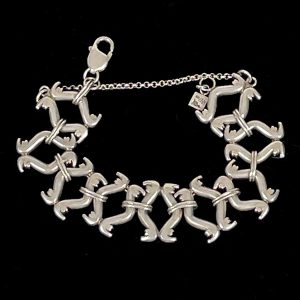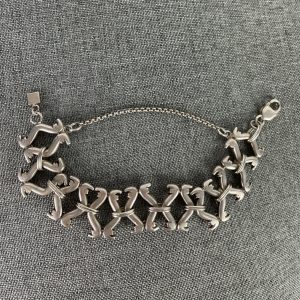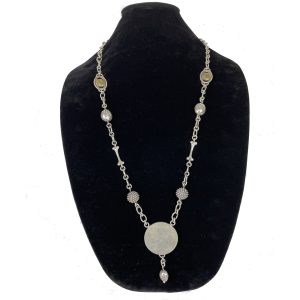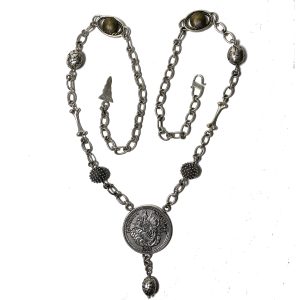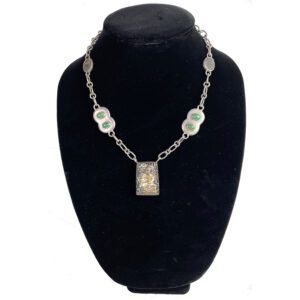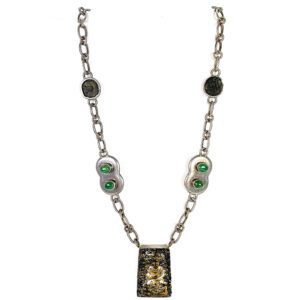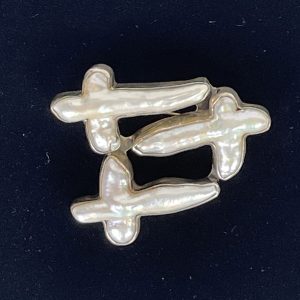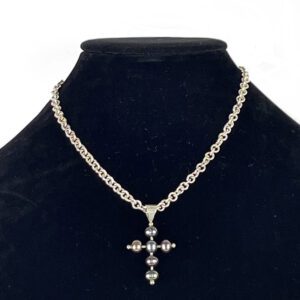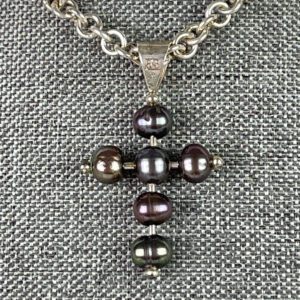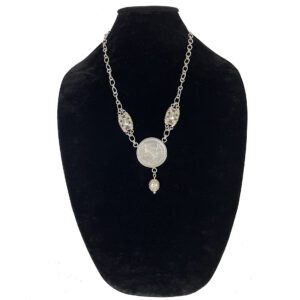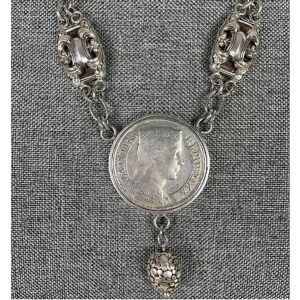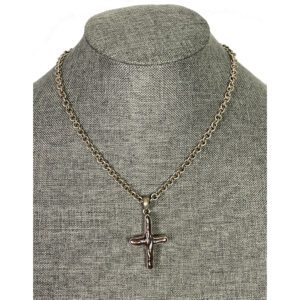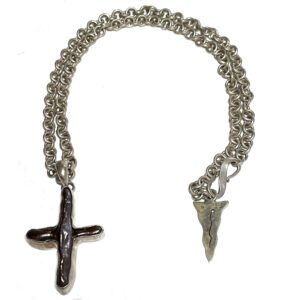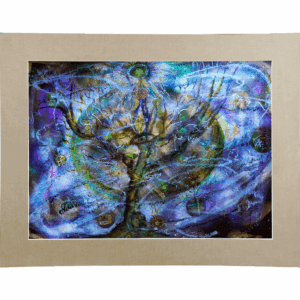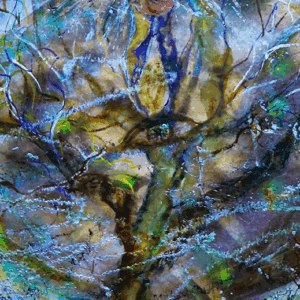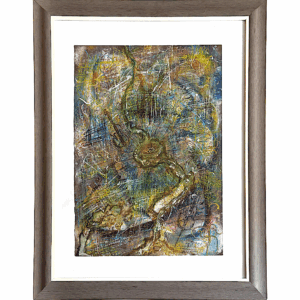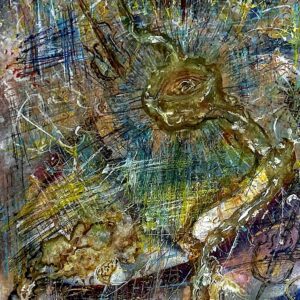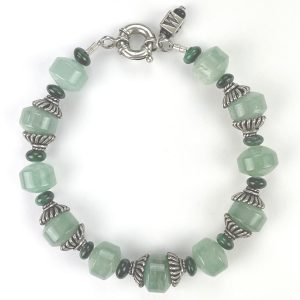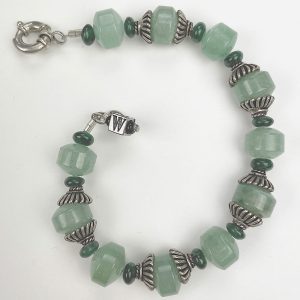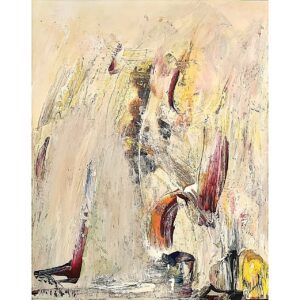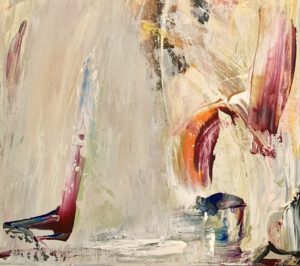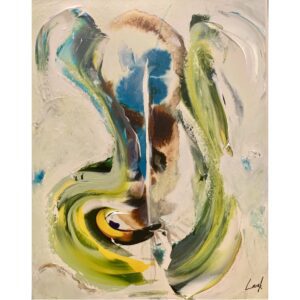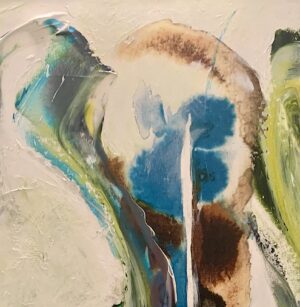Showing 229–240 of 430 results
-
Sale!


$475.00 Original price was: $475.00.$325.00Current price is: $325.00.
H: 1.25 ” LENGTH: 8.75 ” | FREE SHIPPING WITHIN CONTINENTAL U.S.
Vintage Barry Brinker men’s bracelet 950 German silver, crafted in Bali and India inspired, elegant with 10 flared links attached by horizontal striated loops
-
Sale!


$725.00 Original price was: $725.00.$525.00Current price is: $525.00.
Silver Necklace 21” |FREE SHIPPING IN CONTINENTAL U.S.
This pendent on this necklace is a re-strike of 1760 German thaler with vintage French fittings. The rolo style 950 silver chain is 21″ and has a hook closure with the Barry Brinker (BB) signature flame shaped tag clasp.
-
Sale!


$775.00 Original price was: $775.00.$675.00Current price is: $675.00.
CHAIN 18” | FREE SHIPPING within continental U.S.
Barry Brinker necklace – Thai ceramic Vairocana Buddha pendant with gold leaf and glass beads, Sri Lankan cabochon emeralds and ancient Roman coins. 18″ rolo style 950 German sterling silver chain.
-
Sale!


$495.00 Original price was: $495.00.$395.00Current price is: $395.00.
H: 2″ W: 2.5″ D: 0.75″ | FREE SHIPPING WITHIN CONTINENTAL U.S.
Barry Brinker one-of-a kind striking silver brooch has 3 three large natural white freshwater cross shaped pearls which seemingly float with 950 silver fittings.
-
Sale!


$495.00 Original price was: $495.00.$375.00Current price is: $375.00.
Chain 18.5″ Cross H: 1.75″ | FREE SHIPPING WITHIN CONTINENTAL U.S.
Magnificent Barry Brinker choker with pendant cross of 6 round black natural freshwater pearls. Rolo chain, suspension loop and iconic flame shaped clasp with BB are 950 sterling silver.
-
Sale!


$595.00 Original price was: $595.00.$495.00Current price is: $495.00.
CHAIN 21″ | FREE SHIPPING WITHIN CONTINENTAL U.S.
One-of-a-kind Barry Brinker necklace with vintage silver Latvian coin pendant issued in 1920 by the short lived Republic of Latvia. High grade German silver with French fittings.
-
Sale!


$395.00 Original price was: $395.00.$325.00Current price is: $325.00.
Chain 18.5” Cross 1.75” | FREE SHIPPING IN CONTINENTAL U.S.
Barry Brinker necklace with black cross-shaped pearl pendant creating beautiful natural spiritual iridescence. Wide casing, fittings and rolo style chain are 950 sterling silver. Rear and tag clasp incised with the iconic BB signature and flame.
-


$1,500.00
Ht: 30″ W: 23.75″ | CALL 213-568-3030 OR EMAIL [email protected] FOR SHIPPING
In Beginning, Anush Babayan merges the cosmic with the terrestrial, depicting a radiant Tree of Life emerging from the energetic ether. Swirling galaxies and ascending tendrils root this sacred symbol in both time and timelessness, speaking to the eternal origin of consciousness and creation.
-


$1,700.00
Ht: 27.5” W: 21.5” | CALL 213-568-3030 OR EMAIL [email protected] FOR SHIPPING
In Birth of the Universe, Anush captures the raw, primordial energy of cosmic creation through a vortex of color, motion and radiant texture. At the center of the painting, a spiral form unfurls into space at the moment of origin—powerful, luminous and sacred.
-
Sale!


$155.00 Original price was: $155.00.$120.00Current price is: $120.00.
Length: 8.25″ | FREE SHIPPING IN CONTINENTAL U.S.
This contemporary finely crafted bracelet has a vintage feel with hand carved natural jade and malachite spacers set with spiral sterling fittings. Elegant, yet simple, it is a beautiful compliment to both casual and business attire.
-


$975.00
H: 17″ W: 13″ | CALL 213-568-3030 OR EMAIL [email protected] FOR SHIPPING.
Framed Acrylic Painting
This is one of a pair of “Buddha in Bliss” paintings by Lark Pilinsky, celebrating the energetic spirit and joyous wisdom shared by the Buddha with all of humanity.
-


$975.00
H: 17″ W: 13″ | CALL 213-568-3030 OR EMAIL [email protected] FOR SHIPPING
Acrylic on Canvas
This is one of a pair of “Buddha in Bliss” paintings by Lark, celebrating the energetic spirit and joyous wisdom shared by the Buddha with all of humanity.
End of content
End of content

